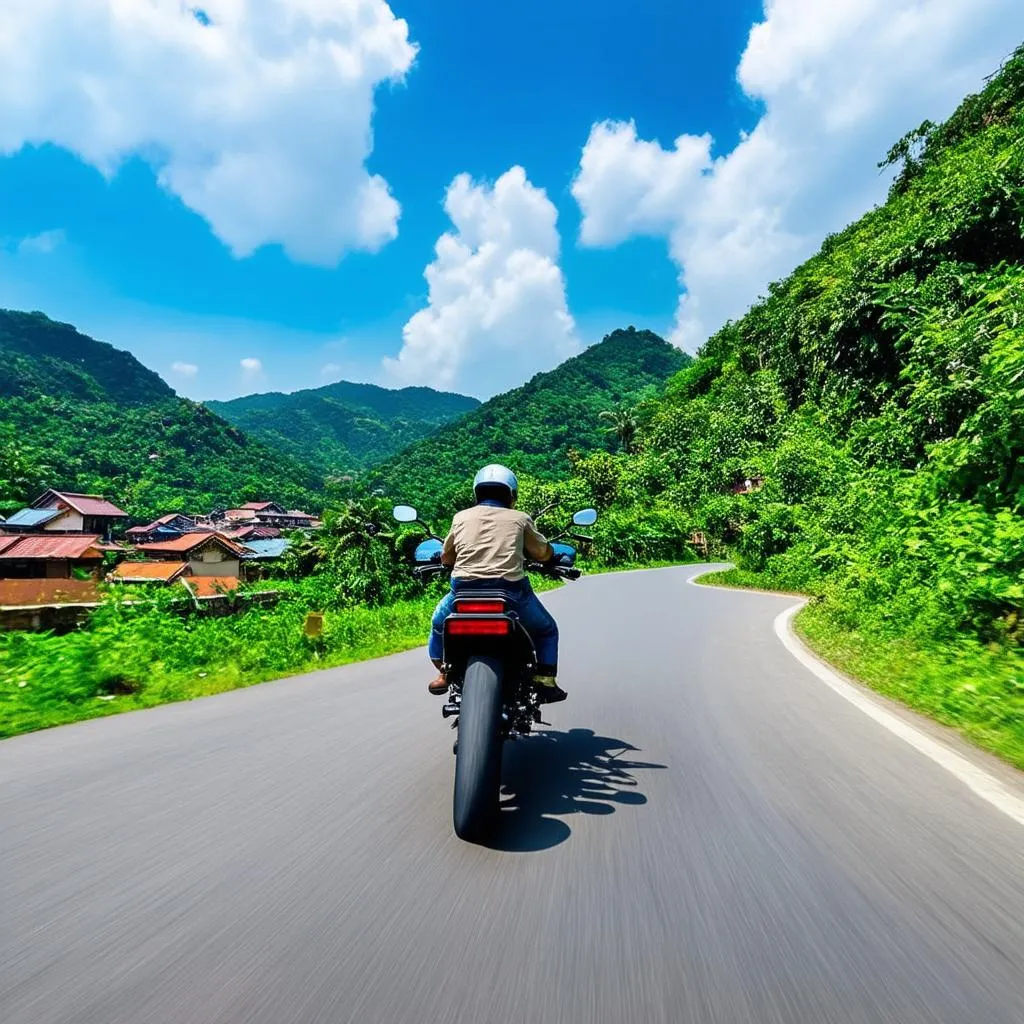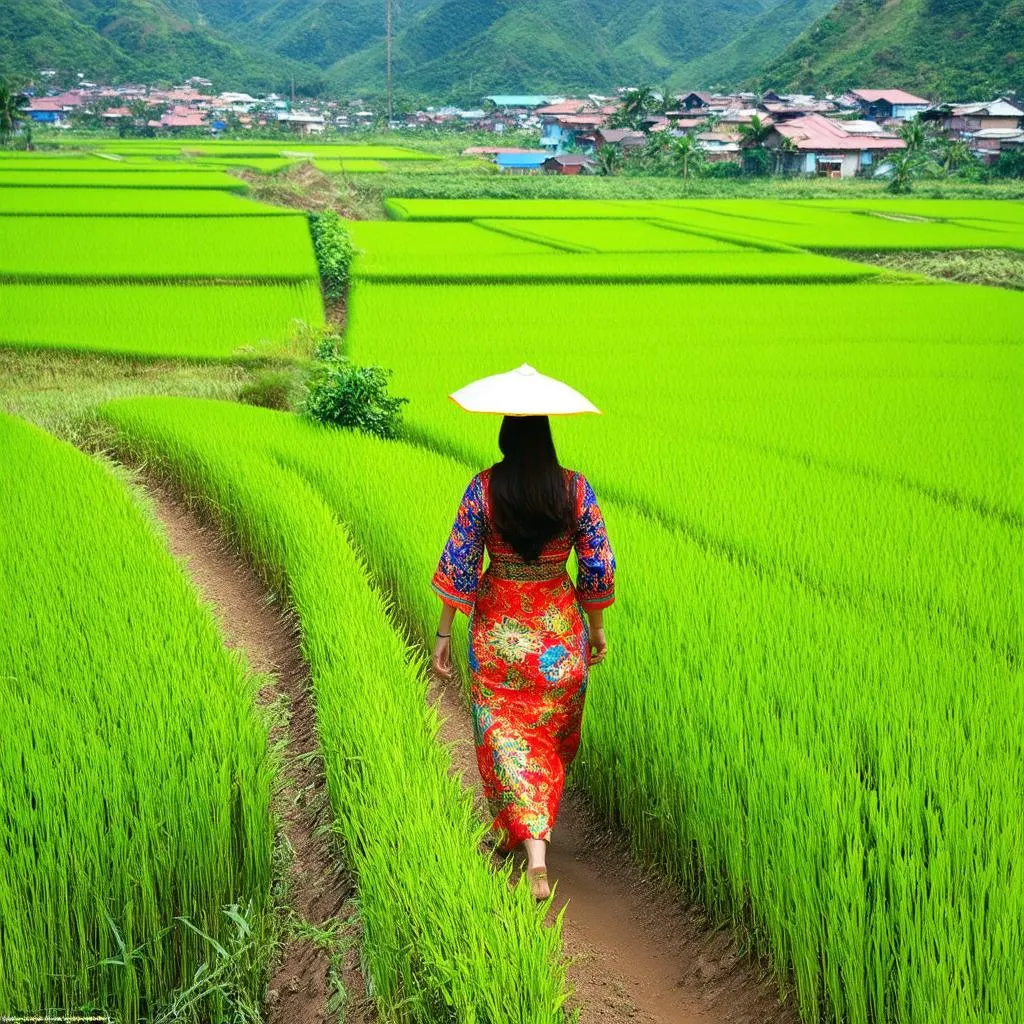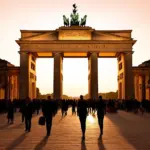Have you ever dreamt of stepping into a postcard? Of breathing in fresh mountain air as terraced rice fields cascade down slopes, their emerald green hues vibrant against a sky painted with hues of sunrise? That’s the allure of Northern Vietnam, particularly the captivating region encompassing Sapa and Ha Giang.
This isn’t just a journey through picturesque landscapes; it’s a cultural immersion, a rendezvous with nature’s grandeur, and a chance to witness a way of life untouched by time. Whether you’re an intrepid traveler seeking adrenaline-pumping adventures or a peace-seeker yearning for tranquility amidst breathtaking scenery, Sapa and Ha Giang offer an experience that resonates deep within the soul.
Exploring the Rich Tapestry of Sapa and Ha Giang: A Guide
From misty mountains to vibrant ethnic villages, this region is a sensory feast.
Sapa: Where Clouds Kiss the Mountains
Imagine waking up to the sight of mist-shrouded Fansipan, the “Roof of Indochina,” its peak piercing the heavens. Sapa, a charming town nestled amidst this majestic landscape, is the perfect base for your adventures.
- Trekking through Time: Embark on treks through cascading rice terraces in Muong Hoa Valley, visit Cat Cat Village, home to the Black Hmong people, or venture further to Ta Phin Village, known for its unique Red Dao textiles.
- Cultural Immersion: Engage with local tribes, witness their traditional crafts, and savor the flavors of authentic Vietnamese cuisine. Don’t miss out on the vibrant Sapa Market, a melting pot of culture and commerce.
- Luxury Amidst Nature: Indulge in the lap of luxury at world-class resorts like Topas Ecolodge, offering breathtaking panoramic views and a chance to reconnect with nature.
Ha Giang: A Motorcycle Paradise
Ha Giang, Vietnam’s northernmost province, is a haven for adventure enthusiasts and photographers alike. The iconic Ha Giang Loop, a mesmerizing motorcycle route, takes you on an unforgettable journey through rugged mountains, limestone cliffs, and verdant valleys.
- Conquering the Loop: Rent a motorbike and conquer the legendary loop, stopping at hidden waterfalls, traditional villages like Dong Van and Meo Vac, and marvel at the panoramic views from the “Heaven’s Gate” pass.
- Flower Power: Witness the breathtaking beauty of buckwheat flower fields in full bloom during October and November, transforming the landscape into a sea of pink and white.
- Living on the Edge: Challenge yourself with a hike to the Lung Cu Flagpole, marking Vietnam’s northernmost point, and soak in the awe-inspiring views.
 Motorbike on Ha Giang Loop
Motorbike on Ha Giang Loop
Planning Your Sapa and Ha Giang Adventure
When to Go:
- Spring (March-May) and Autumn (September-November) offer pleasant weather and stunning landscapes, with rice terraces at their most vibrant.
- Summer (June-August) is hot and humid, but offers lush greenery and the chance to escape the crowds.
- Winter (December-February) can be cold with occasional snow, creating a magical atmosphere, especially in Sapa.
How to Get There:
- Flights: Fly to Hanoi, the capital city, and then take a bus or private car to Sapa (5-6 hours) or Ha Giang (6-8 hours).
- Buses: Direct buses operate from Hanoi to both Sapa and Ha Giang.
- Motorbikes: Renting a motorbike in Hanoi and riding to Sapa and Ha Giang is a popular choice for adventurous travelers.
Where to Stay:
- Sapa: Choose from a range of accommodation options, from budget-friendly homestays to luxurious resorts.
- Ha Giang: Homestays and guesthouses are popular choices, offering an authentic local experience.
What to Eat:
- Thang Co: A hearty Hmong soup made with horse meat, organs, and spices.
- Com Lam: Bamboo sticky rice, a staple food in the mountains.
- Lau Ca Hoi: Salmon hotpot, a specialty of Sapa.
Important Considerations:
- Altitude Sickness: Be prepared for potential altitude sickness, especially in Sapa. Stay hydrated and ascend gradually.
- Respect Local Culture: Dress modestly when visiting villages, ask permission before taking photos of people, and be mindful of local customs.
- Sustainable Tourism: Support local businesses, minimize your environmental impact, and avoid giving money or candy to children.
FAQs: Answering Your Burning Questions
Is it safe to travel to Sapa and Ha Giang?
Yes, both destinations are generally safe for travelers. However, exercise common sense, be aware of your surroundings, and take necessary precautions.
How many days do I need to explore Sapa and Ha Giang?
A minimum of 4-5 days is recommended for each destination to fully appreciate their beauty and unique offerings.
Do I need a guide for trekking in Sapa or riding the Ha Giang Loop?
While not mandatory, hiring a local guide can enhance your experience, especially for longer treks or if you’re unfamiliar with the area.
What should I pack for a trip to Sapa and Ha Giang?
Pack for all weather conditions, including layers of clothing, comfortable shoes for trekking, rain gear, sunscreen, and insect repellent.
Embrace the Unforgettable
A journey through Sapa and Ha Giang is an experience that will stay with you long after you’ve returned home. It’s a reminder of the raw beauty of nature, the warmth of human connection, and the thrill of exploring the unknown.
 Woman in Traditional Clothes Walking Through Rice Fields
Woman in Traditional Clothes Walking Through Rice Fields
Want to learn more about other incredible travel destinations in Vietnam? Explore our website TRAVELCAR.edu.vn for more inspiration and travel tips.

